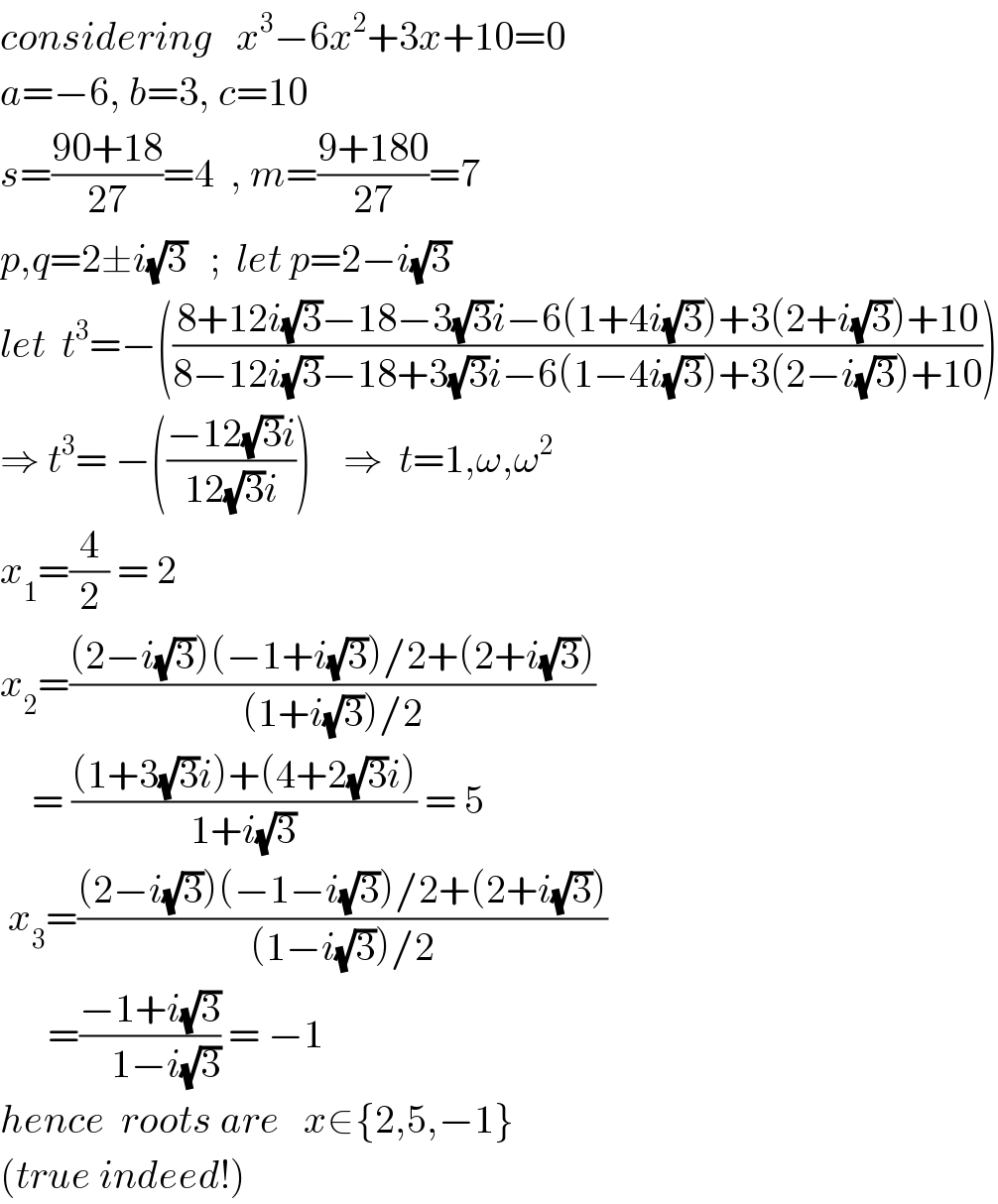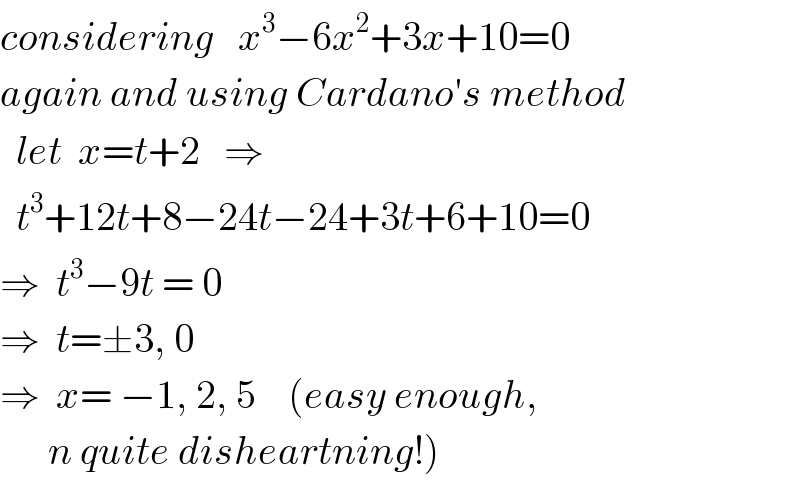
Question and Answers Forum
Question Number 74339 by ajfour last updated on 22/Nov/19

Commented by ajfour last updated on 23/Nov/19

Commented by ajfour last updated on 23/Nov/19

| ||
Question and Answers Forum | ||
Question Number 74339 by ajfour last updated on 22/Nov/19 | ||
 | ||
Commented by ajfour last updated on 23/Nov/19 | ||
 | ||
Commented by ajfour last updated on 23/Nov/19 | ||
 | ||